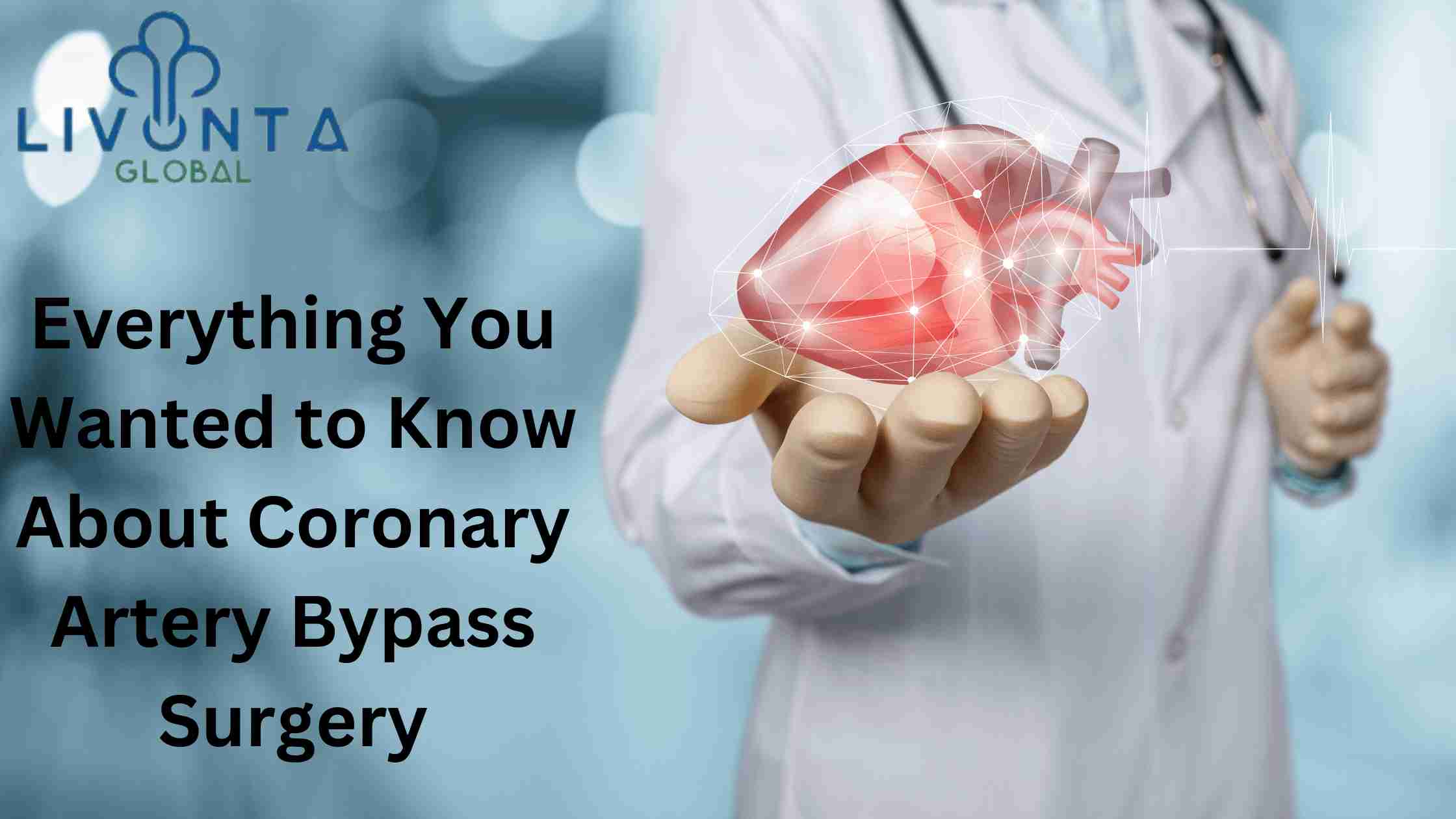
Everything You Wanted to Know About Coronary Artery Bypass Surgery
Coronary artery bypass graft surgery is a treatment used to treat coronary artery disease. The blood channels that provide oxygen and nutrients to the heart muscle are known as the coronary arteries, and coronary artery disease (CAD) is the narrowing of these blood vessels. Fatty substance accumulating in the artery walls is what leads to CAD. This accumulation makes the interior of the arteries smaller, which reduces the amount of oxygen-rich blood that can reach the heart muscle. Bypassing the blocked section of the coronary artery with a segment of a healthy blood vessel from another part of your body is one method of treating the blocked or restricted arteries. Leg vein fragments may be utilised as blood vessels, or grafts, in the bypass technique. heart transplant in India is performed in various hospitals and the bypass surgery can be done in those same hospitals.
Need and symptoms of coronary artery bypass surgery
In order to cure a blockage or narrowing of one or more coronary arteries and restore the blood flow to your heart muscle, your doctor may perform coronary artery bypass graft surgery (CABG). Chest pain, Fatigue (severe tiredness), Palpitations, Abnormal heart rhythms, Shortness of breath, Swelling in the hands and feet, Indigestion etc are some of the most common symptoms of coronary artery disease
Even though you might not have any symptoms in the early stages of coronary artery disease, the condition will worsen until there is enough arterial blockage to result in symptoms and issues. You might experience a heart attack if the blood flow to your heart muscle keeps becoming worse due to a coronary artery that is becoming increasingly blocked. If the afflicted portion of the heart muscle cannot get its blood flow back, the tissue will die.
How is the surgery performed?
The bypass surgery is a complex operation that the expert team of doctors perform but because we have the best heart treatment in India, we can rely upon the doctors. For direct access to the heart during a typical heart bypass surgery, the surgeon creates a 6 to 8 inch incision in the middle of the breastbone. The patient is connected to a heart-lung bypass machine, which permits blood circulation throughout the course of the procedure. A breathing tube is placed in the patient’s mouth while the heart stops beating with the aid of drugs. This tube, which is connected to a ventilator, helps in breathing both during and after the operation.
Off-Pump Heart Bypass Surgery
Below are the steps to perform the Off-Pump Heart Bypass Surgery
- Your doctor will have to momentarily stop your heart in order to stitch the grafts onto the extremely tiny coronary arteries. A heart-lung bypass machine will pump your blood through your body once tubes are inserted into the heart.
- After the bypass machine has been used to pump the blood, your doctor will stop the heart by giving it a cold solution injection.
- One end of a length of vein will be sewn over a tiny hole made in the aorta, and the other end will be sewn over a tiny opening made in the coronary artery directly below the obstruction, to perform the bypass graft technique once the heart has been stopped.
- As blood flows through each graft once it has been finished, the doctor will carefully inspect each one to make sure it is functioning.
- The doctor will remove the tubes connecting to the machine and allow the blood to flow via the bypass machine back into your heart once the bypass grafts have been examined
Tags: best heart hospital in India, Cardiovascular, Cardiovascular Surgery, Coronary Artery Disease Treatment, Heart transplant facts

